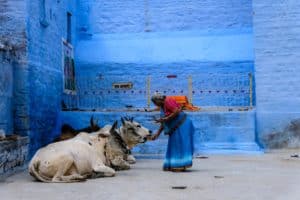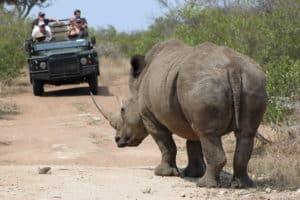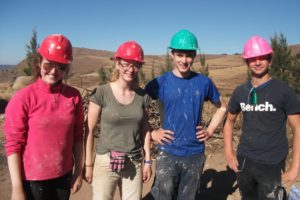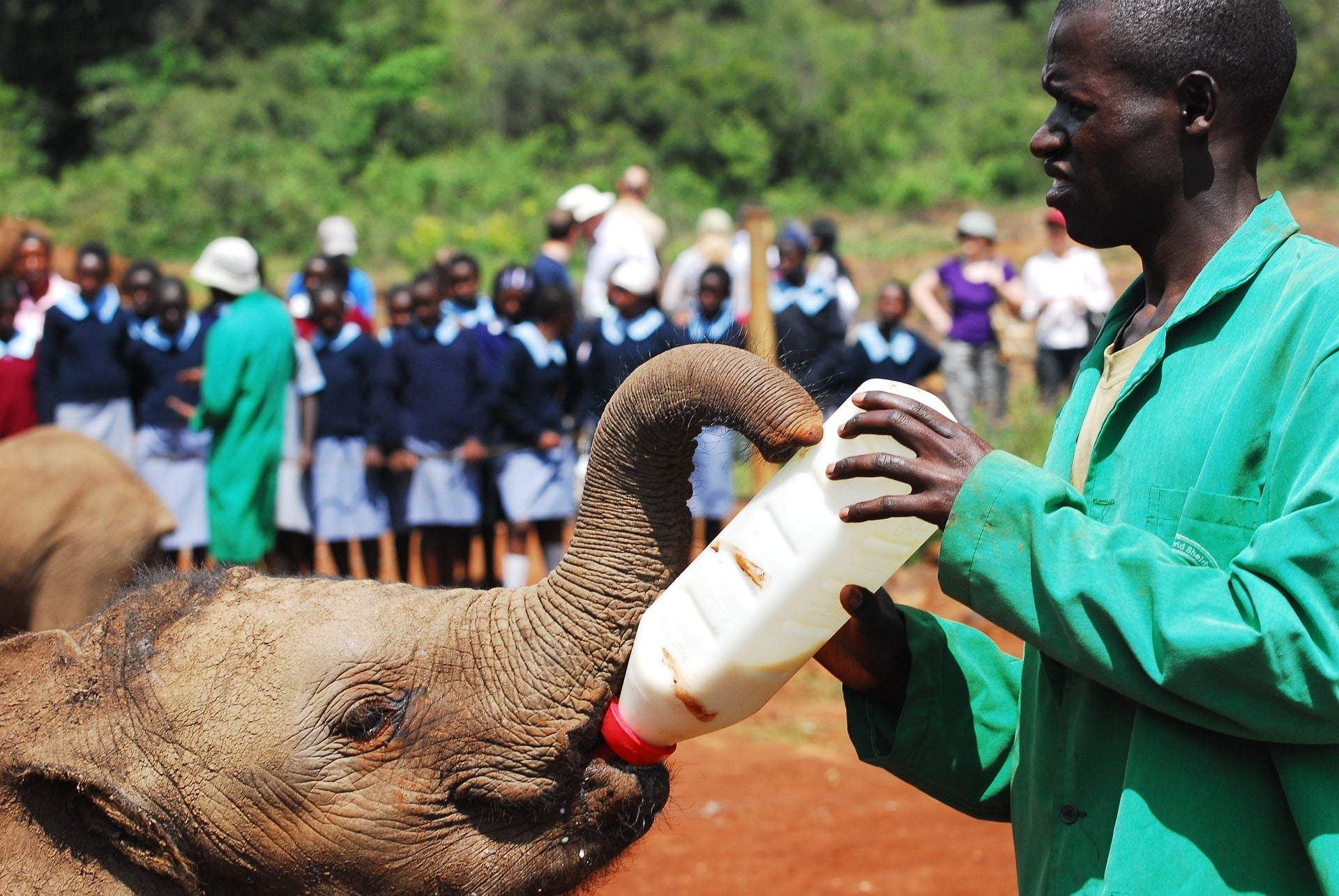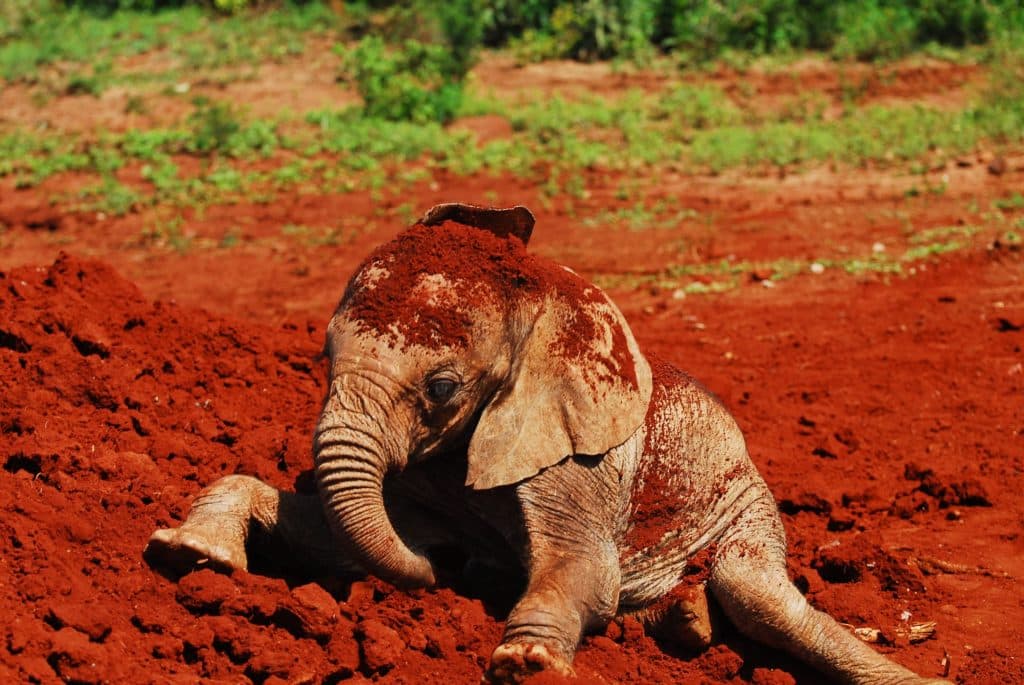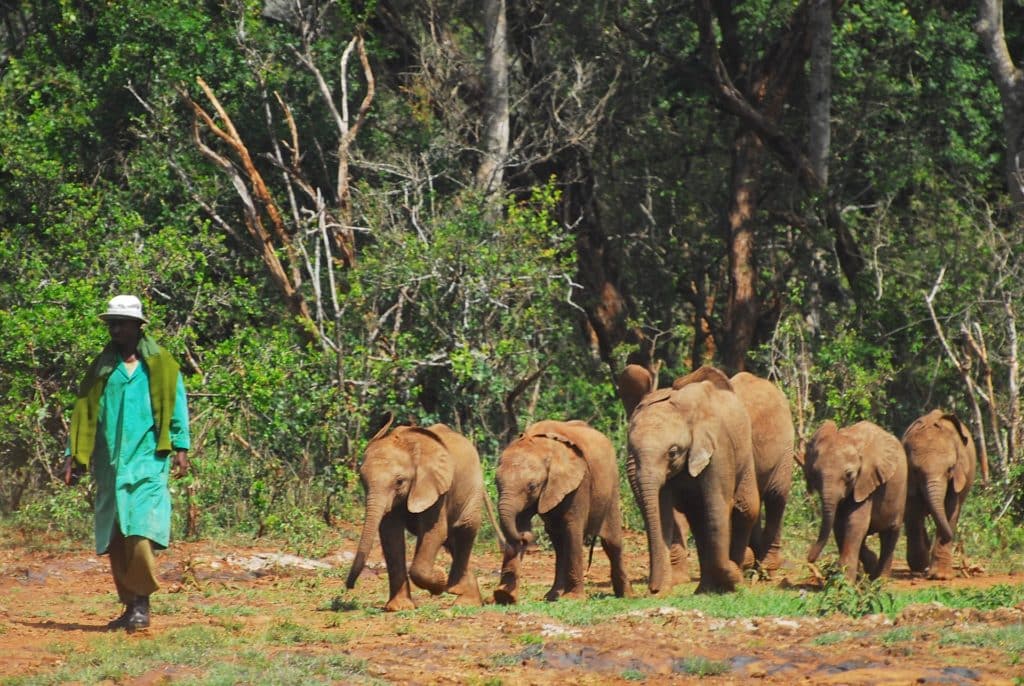Elephant Rescuers: The world’s largest living land mammals are not just physically impressive but emotionally complex creatures. They are being driven into extinction by humans and their greed for ivory tusks. Elephants are killed for their tusks, even sometimes killed for not having tusks, so poachers don’t track a tuskless elephant twice. Add to that the already tricky human/wildlife conflict as elephants feed off farmers’ crops and trample their land. The consequences have been a rapid decline in elephant numbers across Africa.
Here’s where the Sheldrick Wildlife Trust comes in; the world’s most successful orphaned elephant rescue, rehabilitation and release program which offers a safe haven for the victims of elephant poaching and natural disasters such as drought. The Elephant Rescuers are always at such hard work.
Quick Facts – Elephant Rescuers
- By the end of 2021, 282 orphaned elephants and 17 orphaned rhinos were successfully raised by the Sheldrick trust.
- 45 known babies have been born to wild orphaned elephants who were bought up by Sheldrick’s.
- 1182 injured animals were attended to in 2021 by Sheldricks 6 mobile ground and 1 sky veterinary unit.
- In 2021 an impressive 9377 snares were collected, and 318 wildlife offenders were arrested by the 22 mobile anti-poaching teams and 1 canine unit that patrolled over 57,000 kilometres on foot.
The History of the Sheldrick Wildlife Trust
Initially, the Trust was named the David Sheldrick Wildlife Trust after Daphne’s husband, the founding warden of Tsavo National Park in 1948. Tsavo is one of the largest and oldest parks in Kenya at a whopping 13,747 sq kilometres.
While working in the park, David and Daphne met and fell in love, and for 25 years, she worked alongside her husband in this beautiful and isolated part of the world surrounded by the wildlife she loved and spent her time rehabilitating. In 1955 she was made co-warden of the park alongside her husband.
Tending to and raising orphaned and sick animals didn’t just require helping them overcome their nutritional needs but also helping them overcome the physiological trauma experienced by the often violent and tragic deaths of their mothers and other family members.
When Daphne first began trying to raise orphaned elephants, the survival rate was very low, and the very young, milk-dependent calves couldn’t survive. Even though some of them ate, there was a complete lack of data at that time on elephant nutrition, especially in young, and the milk formulas Daphne tried were no match for the milk of an elephant’s mother. This lack of food, emotional scars and trauma saw elephant after elephant waste away and die.
Eventually, after trying and testing every combination she could think of, Daphne discovered the missing ingredient with which the elephants could survive. This final piece of the puzzle was coconut oil. With this knowledge, Daphne became the first person ever recorded to raise a newborn orphaned elephant. From this success, the Sheldrick Wildlife Trust was able to bloom.
What does the Sheldrick Wildlife Trust Do for the Orphaned Elephants?
The now-renamed Sheldrick Wildlife Trust was founded in 1977 and has since been one of the pioneering conservation organisations for wildlife and habitat protection in East Africa. Their flagship program is the rehabilitation of orphaned elephants, which continues to be the most successful in the world.
The Sheldrick nursery was built at Daphne’s home on the outskirts of Nairobi National Park, where she moved to following David’s death, and it’s here where the nursery stands today. Orphans up to around 4 years are brought to live here until they are no longer mild dependent.
Once stabilised and no longer dependent on the milk, they are moved to one of two holding centres in Tsavo National Park and, from here, can gradually re-wild themselves at their own pace, usually between 8 – 10 years old.
At the nursery, the elephants have to be physically and emotionally cared for, as Daphne learned the hard way. The first orphan, Aisha, who was successfully raised on formula, sadly passed away when Daphne left her in the very caring hands of her assistant as she travelled to attend her daughter’s wedding. The young elephant had become so attached to Daphne that she died of the emotional trauma of “losing” another mother. Daphne then realised that to raise these sensitive creatures in such unnatural conditions, you couldn’t let them become too attached to just one person, and so although the orphans always have a keeper sleeping in their stable at night to keep them company, these excellent carers swap calves each night so that neither keeper nor elephant can become too attached.
At the nursery in Nairobi, the keepers take the energetic youngsters into the outskirts of Nairobi National Park to browse and engage within natural, wild areas. At 11 am, they come bounding back as they know what time it is, and the keepers are waiting with huge milk bottles in the mud bath area where the flocking tourists come to watch them drink and play for an hour.
In the afternoons, the elephants head out again for walks and then come back in at 5 pm to have their blankets put on and get tucked up for the night with their allocated keeper, who sleeps on the “top bunk” of the stable and who report having little trunks reach up to pull their blankets off every few hours. These cheeky little orphans know how to get some attention from their carers.
At the Tsavo compounds, once the orphans have become entirely independent of milk at around 5 -7 while out on their walks, they are allowed to go off and interact with the wild elephants they come across; these “wild” elephants are often ex-Sheldrick orphans themselves. Some will stay with these new wild friends for a few nights before returning to the Sheldrick’s base, and some will remain gone, ready to be full-time wild elephants. The important thing is that the elephants choose when they are ready to live alone.
The Elephant / Keeper Relationship at Sheldrick’s – Elephant Rescuers
The keepers at the Sheldrick Wildlife Trust are the custodians of these young elephants’ lives. They have to give up much of their own to look after these young animals, providing the love and care these orphans have lost with the death of their mothers and other family members. As with humans, these early years are crucial for them growing up to be well-rounded and well-behaved adult elephants. The love they experience when young teaches them how to love the young they will hopefully go on to have and raise.
Elephants are capable of a wide range of emotions, including jealousy which can show itself as the orphans fight over who gets the attention of a particularly favoured keeper. Although the keepers are well-trained pros and ensure all the calves get equal attention and one-on-one time.
The orphans even conduct the final interviews for new keepers. They go for a walk with the shortlist of candidates and the Sheldrick’s staff observe who they bond with. The candidate the elephants prefer is the one who’s chosen.
When on their daily walks, the orphan elephants have also been known to bravely form a wall around the keepers when they’ve come across other potentially dangerous animals.
Once back in the wild, the ex-orphans often bring their wild-born babies back to the Sheldrick’s compound straight after giving birth to show off their newborns. They often also show up when ill or injured with wounds from snares and spears; they know they will be welcomed back and nursed better in a safe area.
What Can You Do To Help the Elephant Rescuers?
There are many ways you can get involved in helping support Sheldrick’s Wildlife Trust on the Get Involved page of their website. Donate, join an event, become a fundraiser, shop some of their products, including watercolours by Angela Sheldrick, David and Daphne’s daughter and adopt an elephant which includes a certificate and e-mail updates about your elephant. Read also about the Lewa Wildlife Conservancy.
